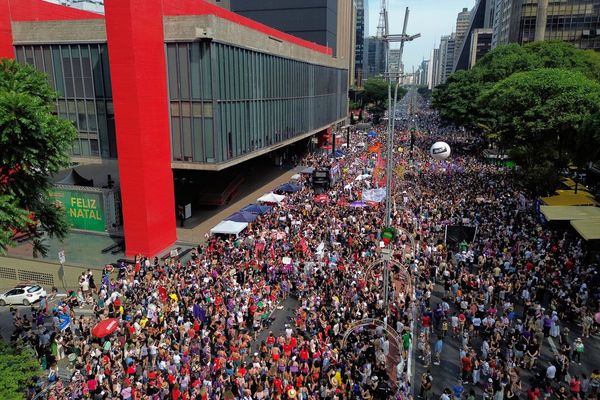London has lost almost 100 late night clubs and bars that stay open beyond midnight since the pandemic in a huge blow to its reputation as a 24 hour city, a new report claims today.
It shows that the capital has been one of the worst hit regions in a trend that has accelerated since the pandemic.
According to research by the Night Times Industries Association (NTIA) there are now just 343 London venues that keep their doors open into the early hours, compared with 433 in March 2020.
The loss of 90 late night bars and clubs - around a fifth of the total - will further undermine London’s already shaky reputation as a round-the- clock party destination.
Rival European cities such as Berlin and Amsterdam say they offer a far more vibrant late night scene.
Recent high profile closures include The Loop Bar in Mayfair, Printworks in Rotherhithe, Tiger Tiger on Haymarket, and Pryzm in Kingston, which shut this summer,
Across the UK as a whole almost 800 late night venues have gone, leaving just leaving just 2,424 still operating, as soaring costs, tougher planning and licencing regulations, and the increasing reluctance of cash strapped young people to spend big on a late night out has wreaked havoc with the sector’s viability.
Net closures have been running at three a week in the last three months, according to the NTIA’s latest Night Time Economy Monitor, which is compiled with analysts CGA by NIQ.
Mayor Sadiq Khan launched a “Nightlife Taskforce” in February aimed at boosting London’s struggling night economy.
He appointed Cameron Leslie, co-founder and director of the nightclub Fabric, to chair the group - which includes 10 other industry experts and is due to report this Autumn.
The mayor’s first night czar, Amy Lamé, resigned in October 2024 after eight years in the role.
Michael Kill, CEO of the NTIA said: “We’re witnessing the loss of important social infrastructure from our towns and cities. Nightclubs and late-night venues are more than just places to dance - they’re cultural institutions, economic engines and cornerstones of community life.”
“Small venues nurture new talent, fuelling the success of globally renowned artists and the creative economy. You don’t get Ed Sheeran, Dua Lipa, or Oasis without small venues. The collapse of independent venues puts the entire night-time economy at risk.”
Karl Chessell, Business Unit Director – Hospitality Operators and Food, EMEA at CGA by NIQ said: “These closures have coincided with soaring operational costs—including increases to minimum wage and National Insurance in April—and a continued shortfall in post-pandemic support for independent operators.
“Although we have seen growth in venues such as themed bars and cocktails bars, our nightclubs and traditional late-night bars are cultural assets that we’re in danger of losing for good.”
Sacha Lord Chair of the Night Time Industries Association said “These figures are deeply worrying. Night-time venues are not just businesses—they are cultural hubs, training grounds for artists, and vital contributors to local economies.
“ Losing one in four since 2020 risks creating ‘night-time deserts’ and costing more jobs across the sector. We need urgent action: a VAT cut, business rates reform, and a reversal of NIC thresholds to protect venues, sustain employment, and ensure our cities remain vibrant after dark for generations to come.”
“The time to act is now,” Kill added. “We must stop the silent slide into night time deserts before the damage becomes irreversible.”







